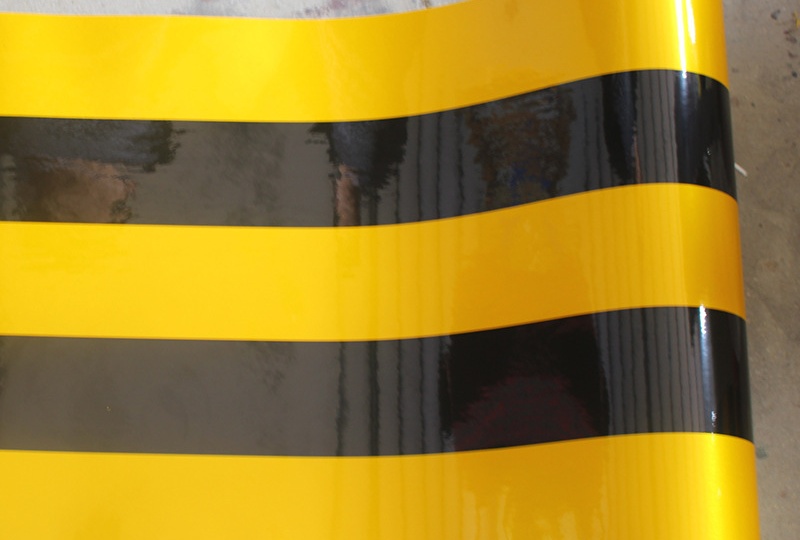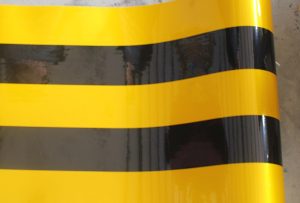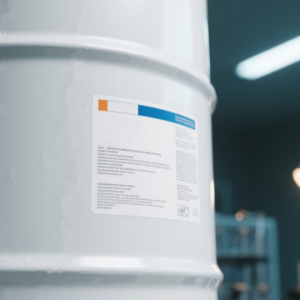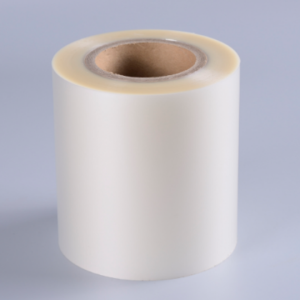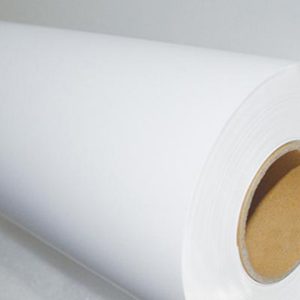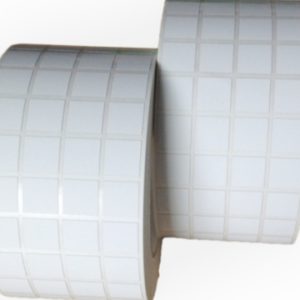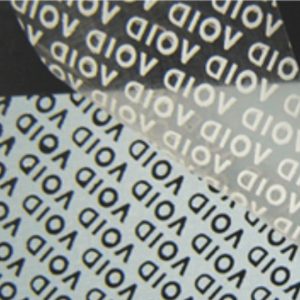Customize self-adhesive industry preferred supplier
From raw material procurement to final product delivery,our quality inspection process covers every link to ensure high-quality output throughout the supply chain.
Flat Reflective Adhesive Labels
Product Description
Flat Reflective Adhesive Labels
Introduction
Flat reflective adhesive labels are engineered safety solutions designed to redirect light back to its source, ensuring critical visibility in low-light conditions. Unlike decorative stickers, these functional materials combine optical science with durable adhesives for industrial, transportation, and safety applications. This guide examines their technical composition, performance standards, and selection criteria.
1. Core Optical Technologies
Reflective functionality relies on two scientifically validated methods:
A. Microprismatic Reflectors
-
Structure: Precision-etched polymer layers forming microscopic pyramids
-
Light Efficiency: Reflects >90% of incident light (700-1,000 cd/lux/m²)
-
Angularity: Optimal performance within a 30° observation angle
-
Certifications: Meets ASTM D4956 Type XI standards
B. Glass Bead Optics
-
Structure: Microscopic glass spheres (50-100μm) embedded in resin
-
Light Diffusion: Provides 180° wide-angle visibility
-
Retroreflection: Achieves 300-450 cd/lux/m² reflectivity
-
Compliance: Conforms to EN 12899-1:2007 for traffic signs
Table: Technical Comparison
| Property | Microprismatic Labels | Glass Bead Labels |
|---|---|---|
| Luminance (cd/lux/m²) | 700-1,000 | 300-450 |
| Observation Angle | ≤30° | ≤40° |
| Outdoor Durability | 10+ years | 7+ years |
| Bend Tolerance | Moderate | High |
2. Material Construction
Premium flat reflective labels comprise four engineered layers:
2.1 Facestock
-
Polyester: 2-10 mil thickness; chemical/UV resistance
-
Vinyl: Conforms to textured surfaces; 5-year outdoor lifespan
-
Polycarbonate: Impact resistance for machinery labels
2.2 Adhesive Systems
| Adhesive Type | Temperature Range | Surface Compatibility |
|---|---|---|
| Permanent Acrylic | -40°C to 150°C | Painted metal, plastics |
| Removable Rubber-Based | 0°C to 80°C | Glass, temporary signs |
| High-Tack Silicone | -73°C to 260°C | Powder-coated equipment |
2.3 Reflective Optics Layer
-
Encapsulated between facestock and adhesive
-
UV-stabilized to prevent yellowing
2.4 Release Liner
-
60-80# Kraft paper with silicone coating
-
Polyester liners for automated application
3. Performance Standards & Testing
Compliant reflective safety labels must pass:
3.1 Accelerated Weathering
-
2,000+ hours QUV exposure (ASTM G154)
-
<5% luminance reduction after testing
3.2 Adhesion Testing
-
Peel adhesion ≥40 N/25mm (PSTC-101)
-
Shear resistance >10,000 minutes (FINAT FTM-8)
3.3 Chemical Resistance
-
Withstand IPX4 splash exposure
-
No degradation after 24h contact with:
-
Diesel fuel
-
Hydraulic fluids
-
10% NaOH/5% H₂SO₄
-
4. Industrial Applications
4.1 Machinery & Equipment
-
Safety warnings on forklifts (ANSI Z535.4 compliant)
-
Electrical panel identifiers with arc-flash ratings
4.2 Transportation Assets
-
DOT-compliant trailer conspicuity markings
-
Reflective barcode labels for warehouse logistics
4.3 Infrastructure
-
Fire exit signage (NFPA 170 visibility)
-
Pipe markers meeting ASME A13.1 standards
5. Selection Guidelines
5.1 Surface Considerations
-
Porous surfaces (concrete, wood): Use thick-film vinyl with aggressive adhesive
-
Low-energy surfaces (PP, PE): Require specialty primers
-
Curved substrates: Glass bead labels with 25% stretch capacity
5.2 Environmental Factors
| Condition | Recommended Material |
|---|---|
| Chemical exposure | Polyester with UV laminate |
| Temperature cycling | Microprismatic with silicone adhesive |
| Abrasion risk | Polycarbonate facestock |
5.3 Regulatory Compliance
-
ISO 3864-1: Safety colors and symbols
-
FMVSS 108: Vehicle reflective requirements
-
BS 5499: Photoluminescent exit signs
For compliant custom reflective labels, review GemmeLabel’s technical specifications.
6. Installation Best Practices
-
Surface Preparation:
-
Clean with isopropanol (≥70% purity)
-
Surface temperature >10°C during application
-
-
Application:
-
Use squeeze rollers for bubble-free adhesion
-
Maintain 50-70% relative humidity
-
-
Post-Installation:
-
72-hour cure time before chemical exposure
-
Inspect adhesion edges quarterly
-
Conclusion
Flat reflective adhesive labels are precision optical devices engineered for mission-critical visibility. By understanding their light-redirecting technologies, multilayer construction, and compliance requirements, safety managers can specify labels that maintain legibility in darkness, adverse weather, and industrial environments. As global safety standards evolve, these materials remain foundational to hazard communication systems.
Access our material selection guide for industrial-grade reflective labels.

